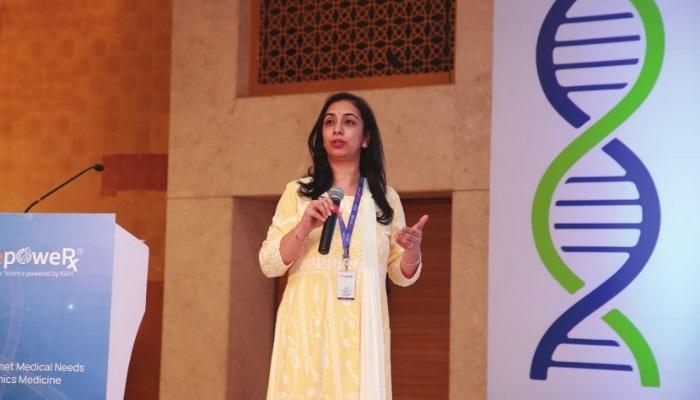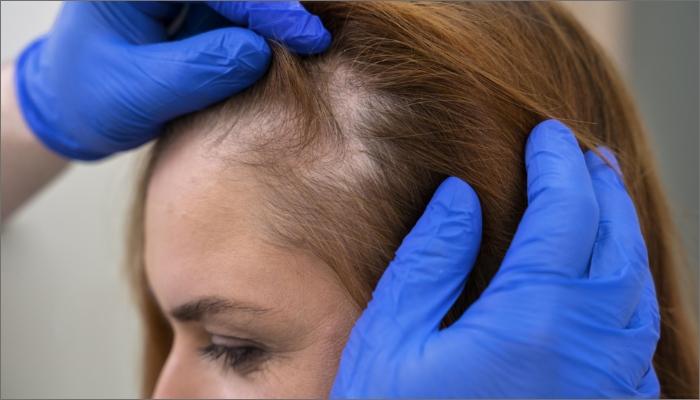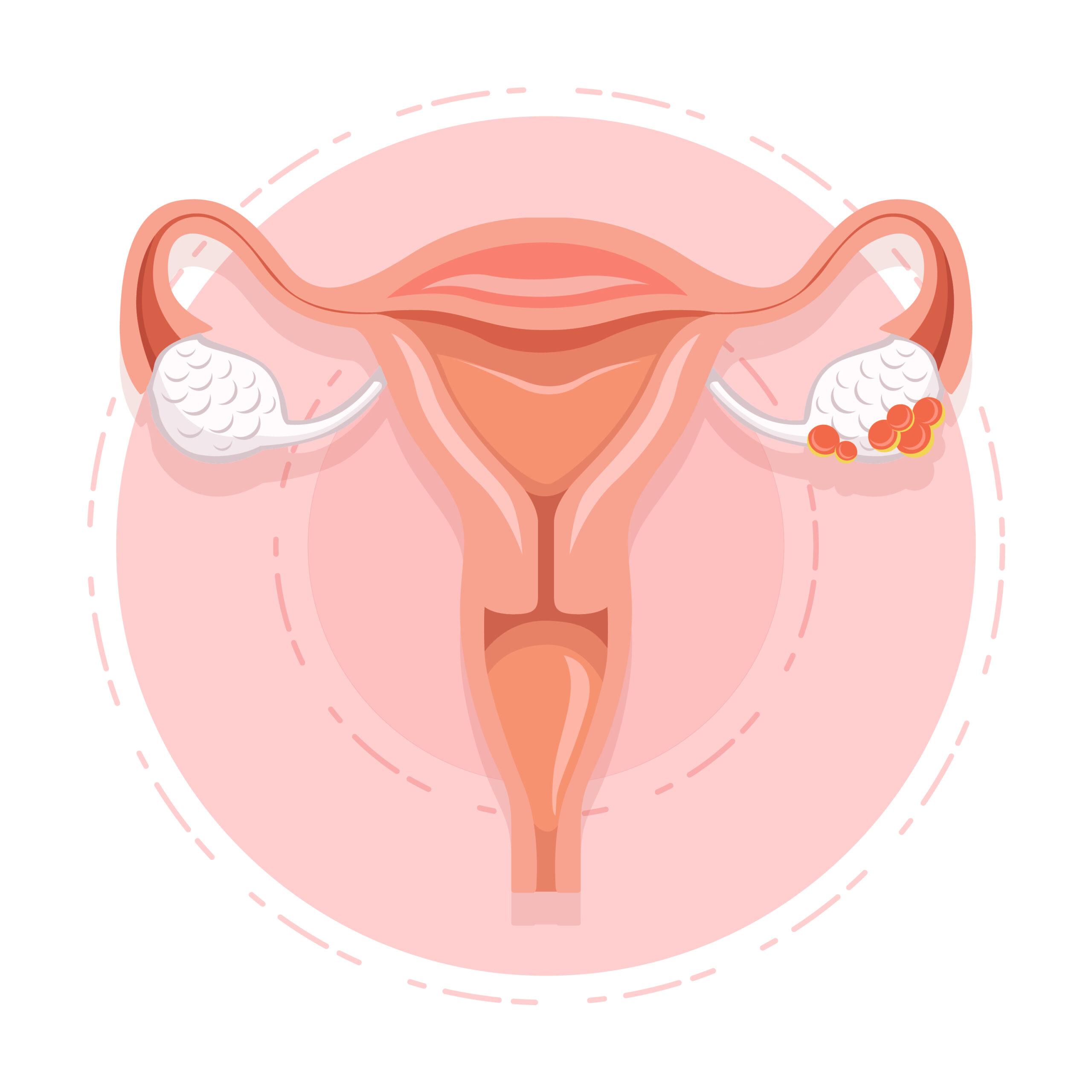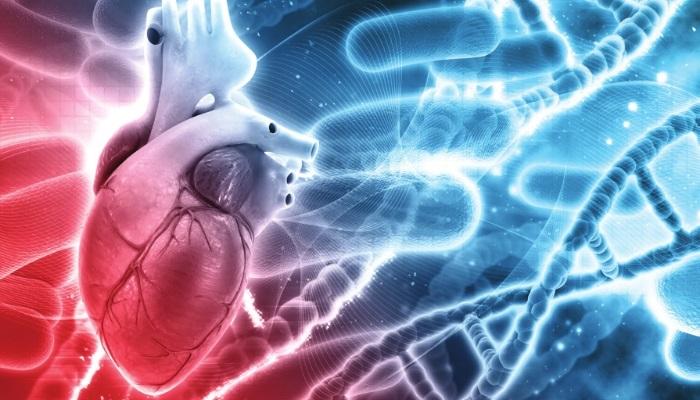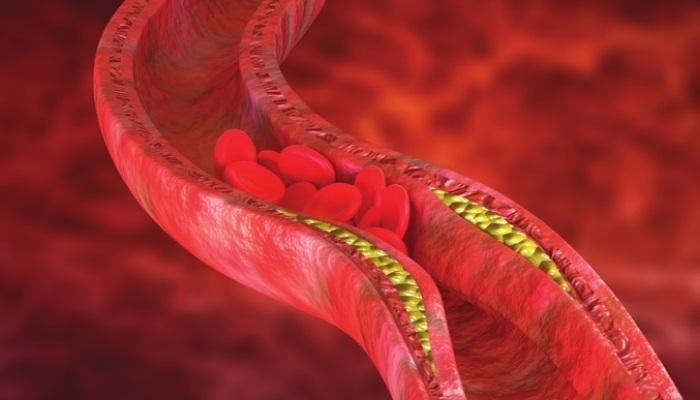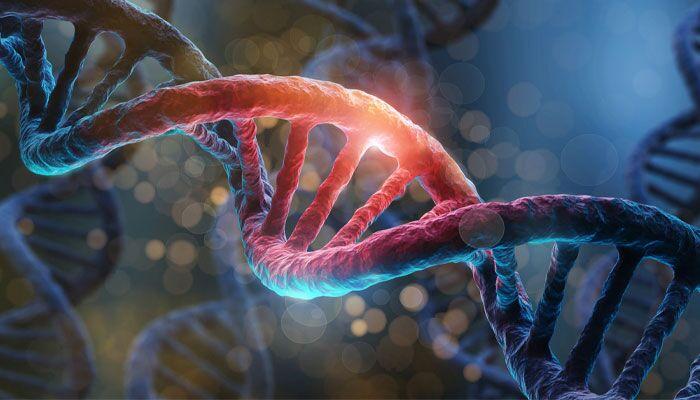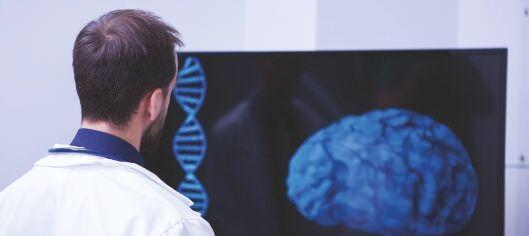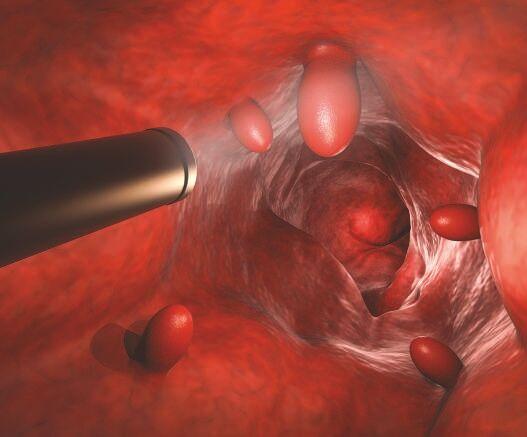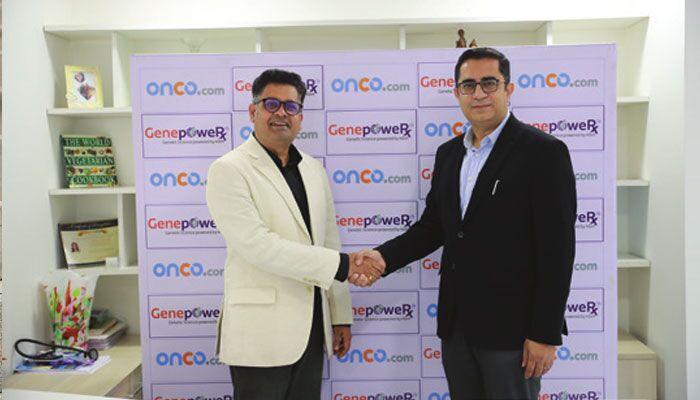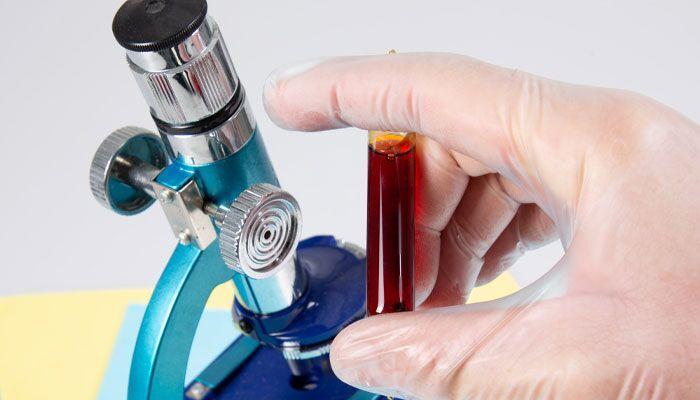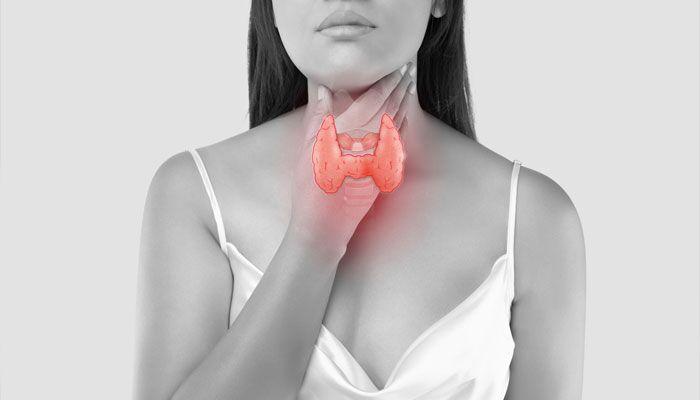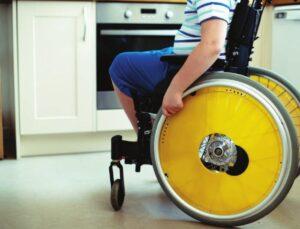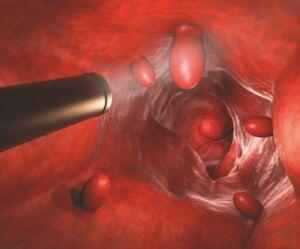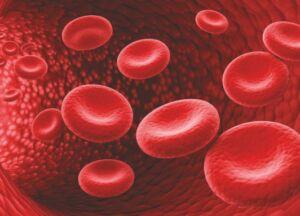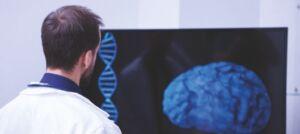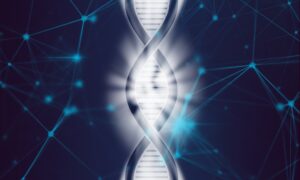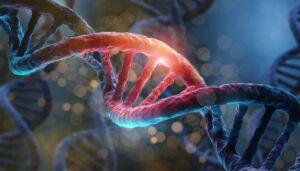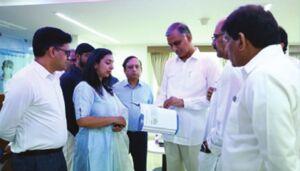
Genes Linked to Abnormal Bone Density and Fracture

A person’s DNA holds the key to their genetic predisposition to diseases. Many diseases have a underlying genetic cause, if it is identified, it is far simpler to have an approach towards correct, targeted treatments. Recent research has made it easier to identify genes that cause abnormal bone density and fractures. Bone mass density (BMD) is measured using dual-energy X-ray absorptiometry (DXA). A lower BMD makes a person susceptible to fractures, especially low trauma fracture.
Osteoporosis is a polygenic disorder that is characterized by reduced bone mass and increased risk of fractures. Some novel genes that affect bone-forming cells or osteoblasts have been recently identified. Here, we highlight some of these genes which are linked to abnormal bone density and fracture.
Genes affecting bone health
ING3 gene : This gene bears the strongest genetic signal for bone density at the wrist, especially in children. Based on this, many follow-up studies investigated biological pathways that were affected by this gene, which could present targeted therapies to strengthen BMD and prevent fractures.
Lipoprotein receptor-related protein 5 (LRP5): LRP5 and LRP6 are transmembrane proteins that act as coreceptors for canonical Wnt signaling. Wnt signaling plays a key role in various developmental processes such as cell fate decisions, osteoblast and chondrocyte differentiation, limb patterning, and development of central nervous system. The LRP5 pathway was discovered as a key regulator of bone mass in two diseases i.e. OPPS (early onset of severe osteoporosis) and HBM syndrome (increased bone mineral density).
Transforming growth factor (TGF-β1): This controls vital cellular functions during embryonic development and postnatal period. TGF-β1 is encoded by TGFB1 gene and acts as a regulator to osteoporosis for two reasons. First, it is abundantly found in the bone and second, it affects osteoblast and osteoclast function in-vitro. Polymorphisms in TGFB1 gene have been widely studied with respect to osteoporosis.
Bone morphogenic proteins (BMPs): BMPs are genes that are responsible for regulation of bone mass density. Some naturally occurring mutations along the BMP pathway are associated with limb formation defects. The results of some recent studies show that polymorphic variations in members of the BMP family maybe associated with regulation of bone mass and risk of developing osteoporosis. For example, common polymorphisms that cause alanine-to-valine substitution at position 152 in the BMP4 protein, have been linked with low BMD.
CLCN7: This particular gene encodes a chlorine channel that remains highly expressed in osteoclasts. It is required for acidification of the resorption lacuna. When CLCN7 gene undergoes homozygous activation mutations, it causes a severe form of recessive osteopetrosis. On the other hand, heterozygous missense mutations of the same gene cause autosomal dominant osteopetrosis.

Conclusion
Many advances have been made to understand how genes play a role in influencing abnormal bone density and fracture. Knowledge about genetic factors will pave the way for specific targeted therapies and make use of genetic markers to assess the risk of developing a disease. Genome-wide association studies (GWAS) can lead to identification and confirmation of the role of candidate gene polymorphisms in controlling bone mass density and other markers (such as fractures) that lead to osteoporosis.
References:
- David Karasik. The genetic architecture of high bone mass. Frontiers in Endocrinology. 29 October, 2020. https://www.frontiersin.org/articles/10.3389/fendo.2020.595653/full. Accessed on 25 November, 2022.
- Kylie Urban. New study identifies causative genes in osteoporosis. Health Lab. 22 March, 2019.
https://labblog.uofmhealth.org/body-work/new-study-identifies-causative-genes-osteoporosis. Accessed on 25 November, 2022. - Stuart H. Ralston. Genetics of Osteoporosis. Cambridge Core. 30 April, 2007. https://www.cambridge.org/core/journals/proceedings-of-the-nutrition-society/article/genetics-of-osteoporosis/A55A6662B3BD02FFB1FE831805582AC2. Accessed on 25 November, 2022.
- Stuart H. Ralston. Genetic regulation of bone mass and susceptibility to osteoporosis. Genes & Development. http://genesdev.cshlp.org/content/20/18/2492.full.html. Accessed on 25 November, 2022.



